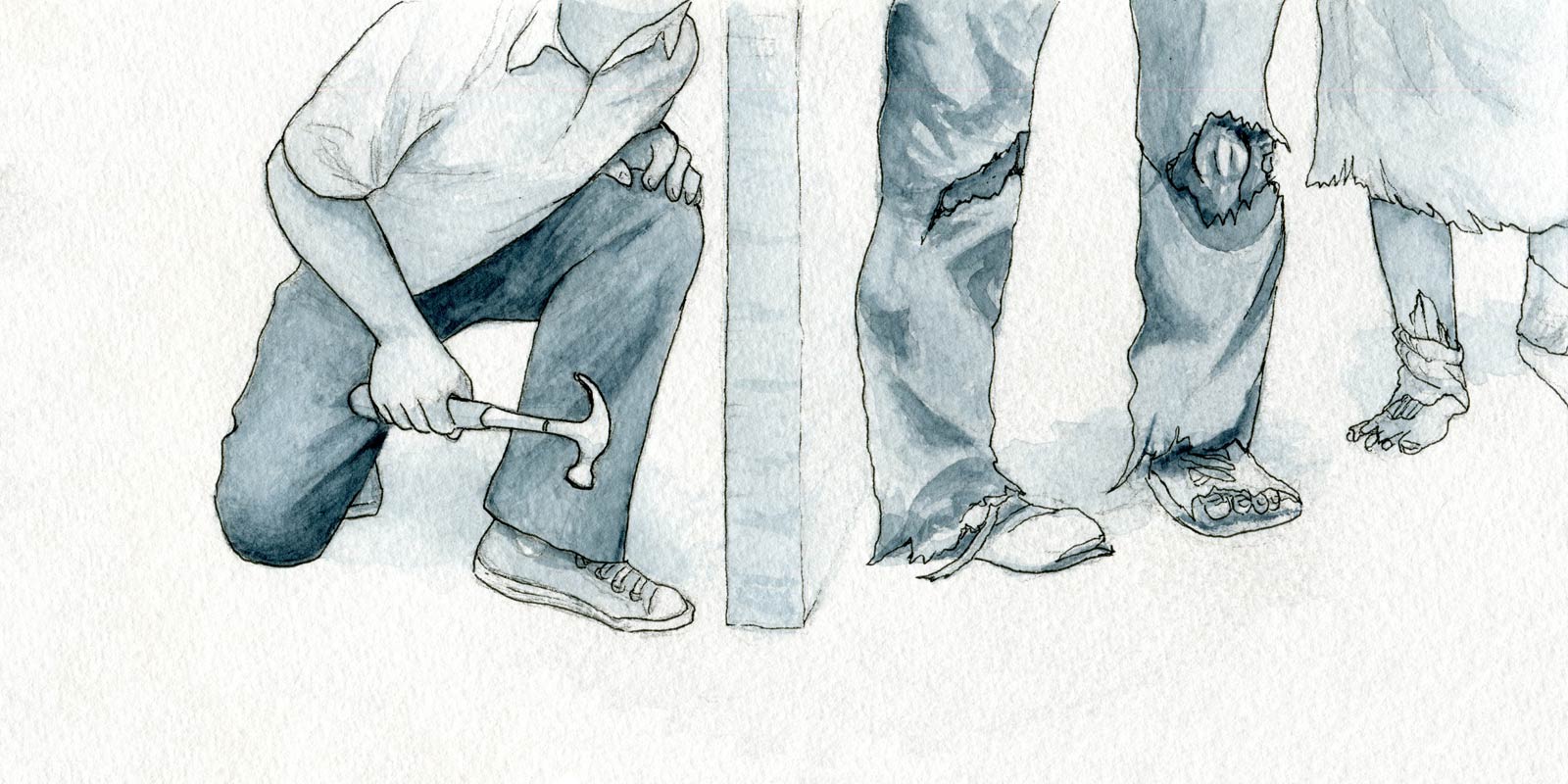Redesigns are sexy – seeing them through is not. After the first few high-visibility areas are covered, and new features are rolling in with the new look and feel, the overall experience is looking pretty good. And then…you turn a corner and run into a zombie. It’s that ancient dialog or page, long forgotten, that can re-emerge at the unlikeliest of times. Often finding one can lead to whole clusters of zombies.
How does this happen? Ideally, a new look propagates everywhere all at once. In practice, this takes time. And leaving old experiences alone is simply not a neutral choice. Old UI incurs a cost: it decays over time, and as long as it exists, it will come back to bite you.
Dreaming of rescue
If you’re lucky, most of a redesign can be handled by updating shared styles and libraries. That won’t catch everything, though. New patterns often outpace centralization, and it takes diligence to ensure new work follows them. A centralized team – perhaps even the one that led the redesign – can make great strides here.
That is…assuming they can continue to work on it. It takes protection and prioritization from management to keep them from being siphoned off to other urgent efforts. Even if other urgent efforts are part-time only, this delays the redesign effort. Then again, a high-visibility part-time effort can provide enough cover for that redesign to continue to make progress.
Much as we might hope centralization will come to the rescue, that alone is unlikely to be sufficient to deal with all of those zombies.
Important but not urgent?
Let’s say the cavalry isn’t coming, and you’re working on a product that is full of zombies. You’ll face the same challenges a centralized team faces in getting this kind of work prioritized. Everyone agrees it should be done, but no one will be eager to give up resources to make it happen. As a “feature”, or even an “enhancement”, it will struggle to stay prioritized.
If you’re seeing this happen, don’t lose hope, but do consider alternate approaches that are natural times to update designs. Look for these kinds of opportunities:
- Think bigger when optimizing UI for clickthroughs, etc. since there are diminishing returns for locally optimizing old UI.
- Keep an eye on bugs being fixed and seize the opportunity to make simple improvements while developers are in the area.
- Find ways to bundle feature work together so the whole page or flow can be rebalanced at once.
- Strike when the code is ready and look for upcoming code refactoring as a catalyst for weaving in redesign opportunities.
It can be a much smoother process to look for the areas where it simply makes sense to redesign them now due to other circumstances. Timing is everything.
Bringing new people into the group
A redesign isn’t the only event that can create zombies. Once a company is big enough, it is likely to continue growing through acquisitions. This means there will be a steady stream of products and functionality that will need to be brought into the fold that can be potential sources of zombies.
This isn’t to say that acquired products need to be redesigned immediately. Look at what’s happening with the branding as a cue. As long as a product maintains its original identity and brand, it can be reasonable to leave it as is. That is also less disruptive for current users of those products. As soon as it lives within an existing core product (or a suite of products), however, it needs to integrate in a meaningful way. As a part of that, it must meet the same quality bar for look and feel.
No one intentionally creates zombies. They are simply an artifact of making choices over time that lead to neglect. Like all of the things that are proven to lead to longer, better lives – eating well, exercising, getting enough sleep – the healthy things to do are often not the most appealing things to do right now. If you always chase new features, or skim the top of the experience only, it creates a UI debt that leads to a sub-par foundation to build future work upon.
You may not be able to avoid creating zombies, so take care of them when you find them…and be proactive in rooting them out.


Leave a Reply